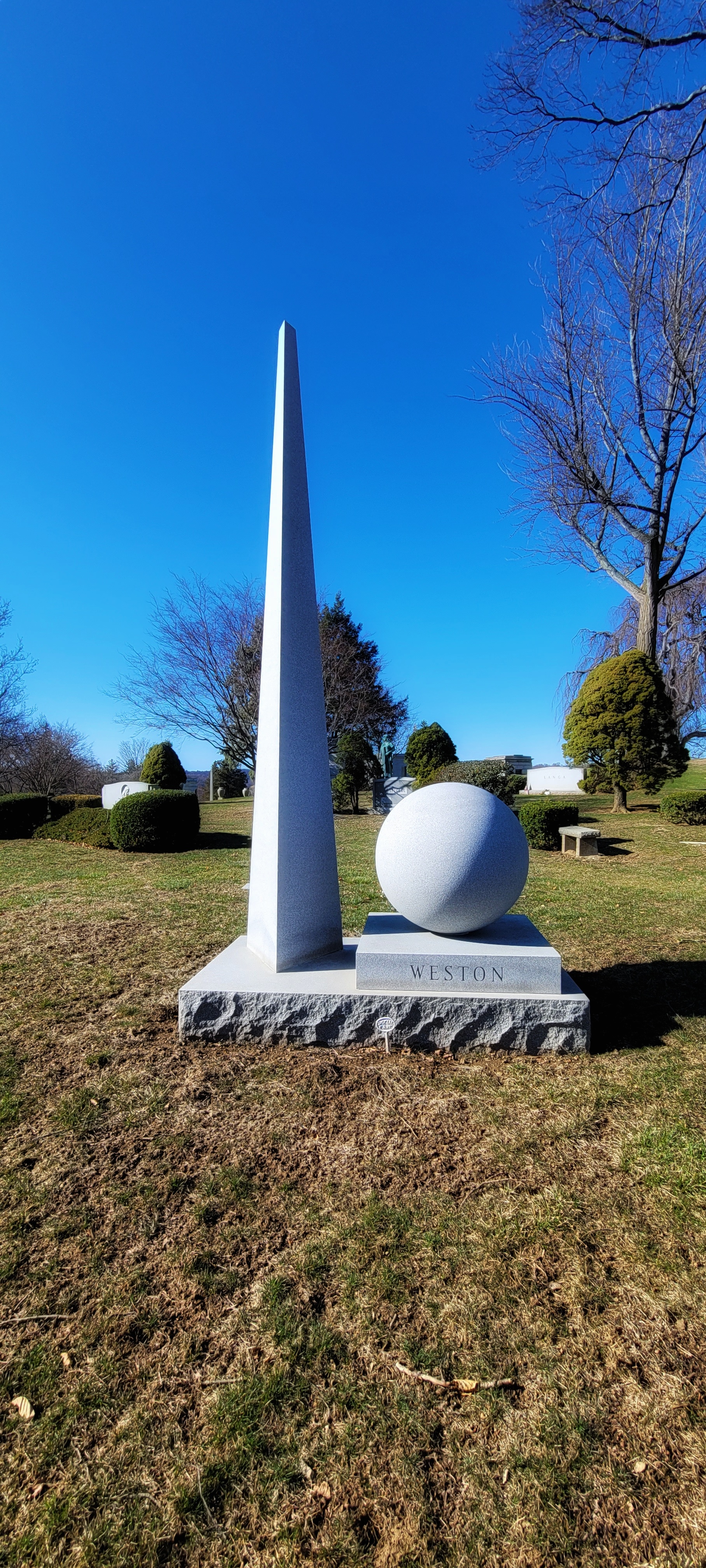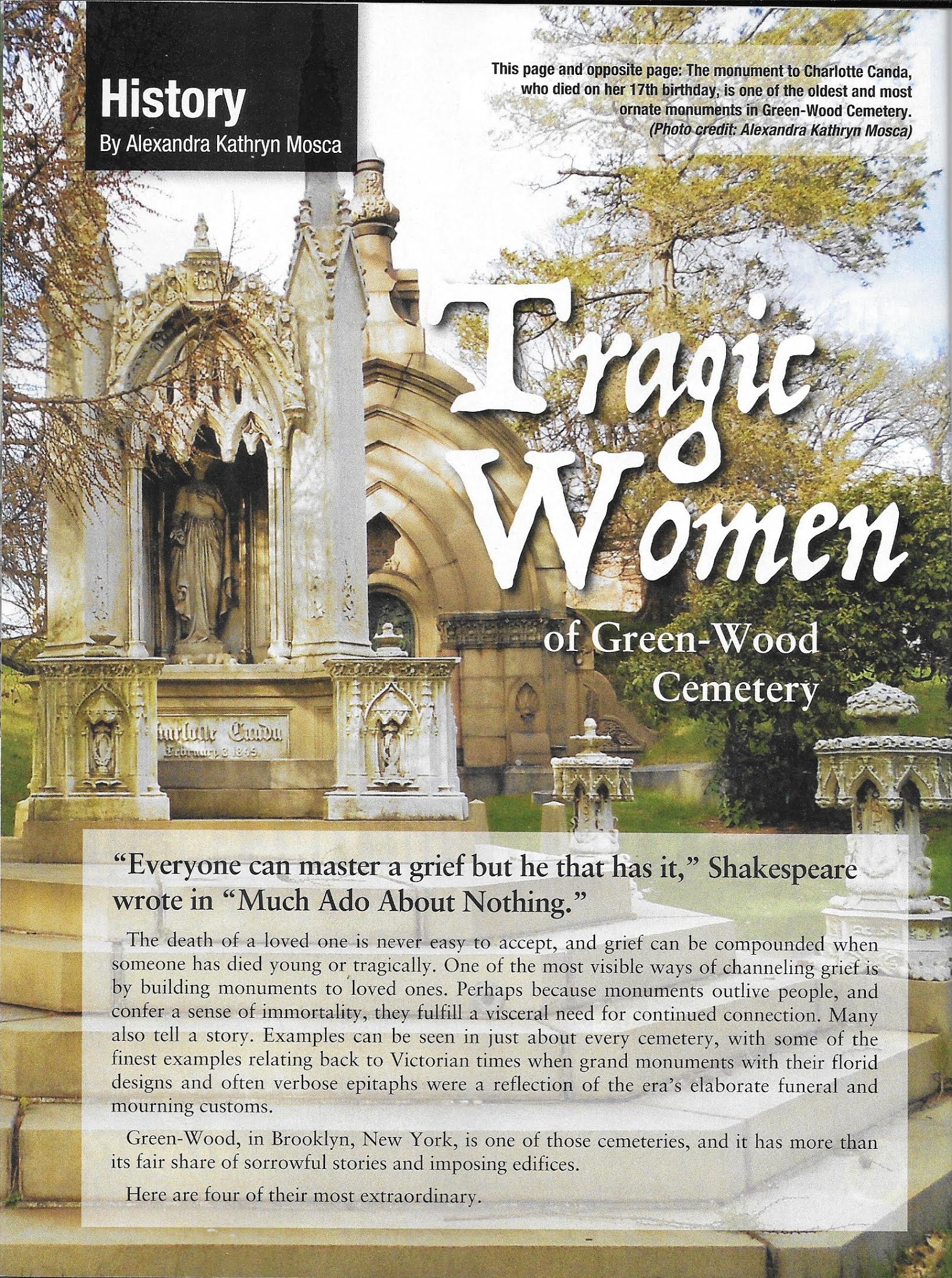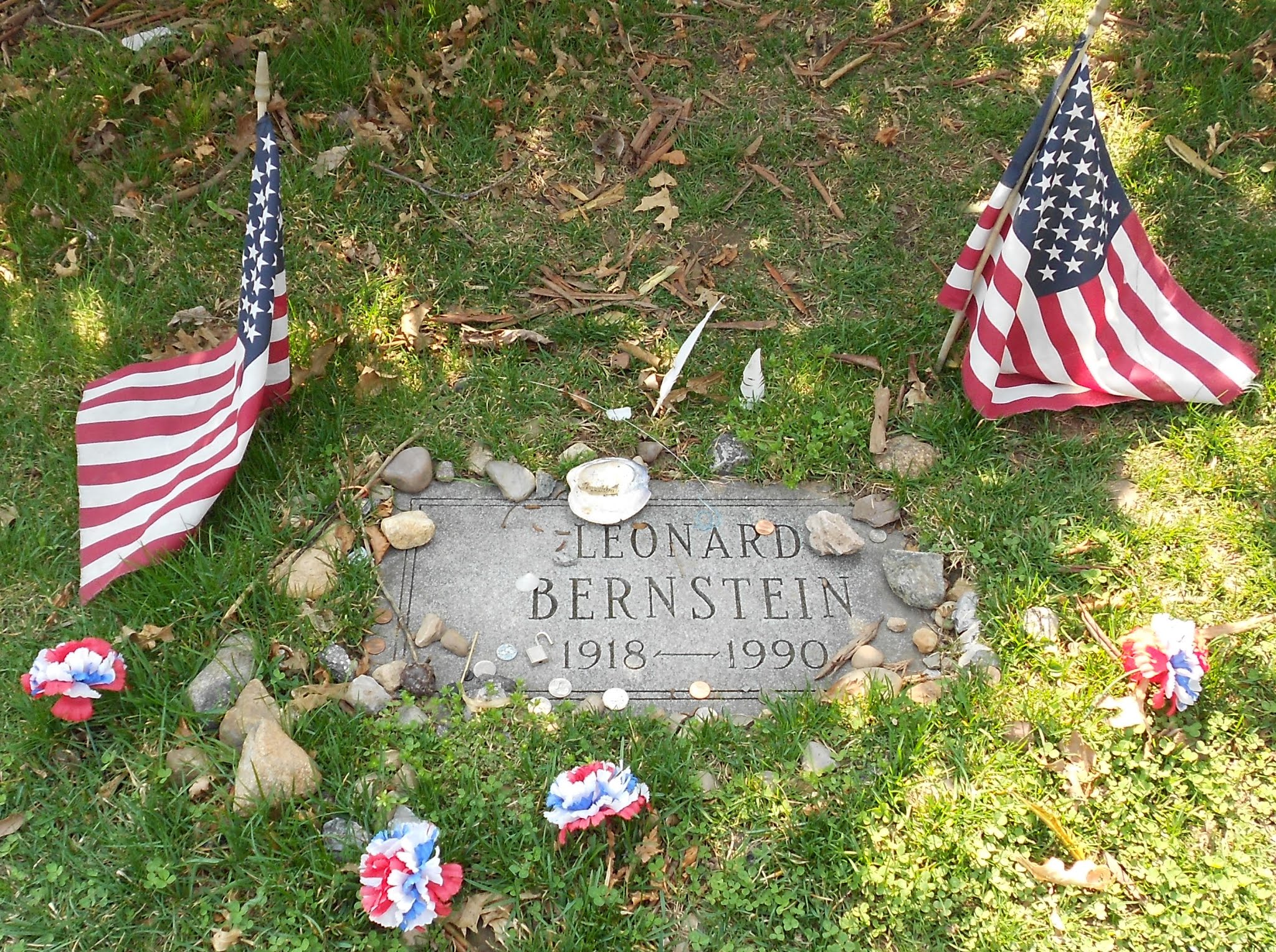Serendipity in the Cemetery: Unearthing Unexpected Stories

Some of my best cemetery finds have come my way through pure serendipity. Walking through a cemetery can be a solemn and, at times, an eerie experience. The silence, the weathered tombstones, and the weight of history all cast a mysterious cloak over the atmosphere. Yet, amidst the somber surroundings, there are occasions when serendipity sweeps in to unearth unexpected stories that lie quietly beneath the gravestones. Cemeteries are not solely the resting place of the departed: they are also a testament to the lives lived, the triumphs and struggles woven into the fabric of humanity. Each tombstone tells a unique tale, often with fragments of personal narratives that time has erased. But sometimes, amid the rows of weathered memorials, a serendipitous find sheds light on forgotten stories, connecting us to the past in ways we never imagined. One might stumble upon a gravestone adorned with flowers, meticulously maintained despite the passage of time. Curiosity piqued, we learn that a ...



.jpeg)


-01.jpeg)

.jpg)






-01.jpeg)


